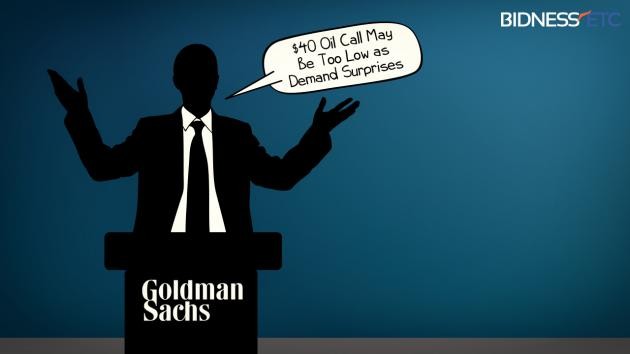ETFs and the Risk of Default
Post on: 30 Июль, 2015 No Comment

MyPrivateBanking analysts have received several inquiries from concerned private investors who are worried that ETFs could be riskier than the marketing materials of ETF sponsors admit. Given the present ETF-hype, some investors fear that ETFs might have their own dirty little secrets to make them more profitable for the issuer but also riskier for the investor.
In order to answer these questions we will publish a series of articles to take an in- depth look at the following major risks of ETFs:
The default risk or how big is the risk that a fund can default?
The trading risk or how big is the risk that you have to pay too large a spread?
Exotic ETFs or how big is the risk that the underlying index or strategy leads to disaster?
This article addresses the default risk of ETFs. The simple answer is short: in general, there is no risk of default for ETFs. A fund sponsor is usually required to keep fund assets (e.g. stocks) separately from the fund sponsors own assets. So, if the sponsor defaults, the fund investors still have access to the ring-fenced pool of fund assets. For instance, the European Union requires — under its UCITS framework — the segregation of fund sponsor and funds assets.
This state of affairs is true of the many ETFs that hold all the constituents of their underlying index in the fund. These are called in-specie ETFs, otherwise known as physical ETFs. For example, an in-specie ETF tracking the DJ Eurostoxx50 holds all 50 stocks that comprise this index.
There is, however, another type of ETF called a swap-based ETF. This kind of ETF uses swaps to replicate the return of the index that its tracking. The process involving swaps is quite complex. Put simply, a swap is basically a derivative where two counterparties agree to exchange certain cash flows. In the case of our swap-based ETF the fund is guaranteed to receive a cash flow equaling the return of its underlying index.
Now, what happens if the swap-based funds swap counterparty goes bust? This would directly threaten the assets of the fund investor. In the case of a UCITS-compliant swap-based ETF, the counterparty risk to the fund is capped at 10% of the fund’s net asset value. In the worst case, this could cost the investor up to 10% of his investment. Yet, this is only a theoretical risk as most fund sponsors limit the swap exposure to a limit below 10% and monitor the risk on a daily basis. For instance, as ETF information specialist IndexUniverse has disclosed. iShares limits its exposure to 9% normally, Lyxor keeps it to 7% and db x-trackers are also in the range of 7% to 8%. Investor wanting to be really safe should check on the credit risk of the actual counterparties. Fund sponsors often disclose the swap counterparty names in the fund prospectus.
The story is completely different for ETNs (Exchange Traded Notes). ETNs are similar to ETFs in that also trade on stock exchanges and carry low fees. But these securities are not investment funds with their own assets and nor are they regulated under UCITS or other mutual fund rules. Rather, ETNs are structured as unsecured debt of the issuer. Investors are in effect lending money to the issuer in exchange for the commitment to provide a return tied to a specified underlying. So, in the case of the ETN issuer defaulting the investor might well receive nothing or only a small fraction of the original investment. This is a much higher risk than for an ETF. Investors should be very careful in selecting an ETN issuer and should monitor the issuers credit risk constantly.
Overall, we see the default (counterparty) risk for closely regulated ETFs as very limited. In many cases swap-based ETFs are somewhat cheaper than classic ETFs that hold all the constituents of the index. This cost saving usually compensates for the somewhat higher risk exposure. However, in the case of ETNs we recommend that investors be much more risk-aware. In general, we would always prefer an ETF over an ETN assuming costs and other parameters are comparable.














